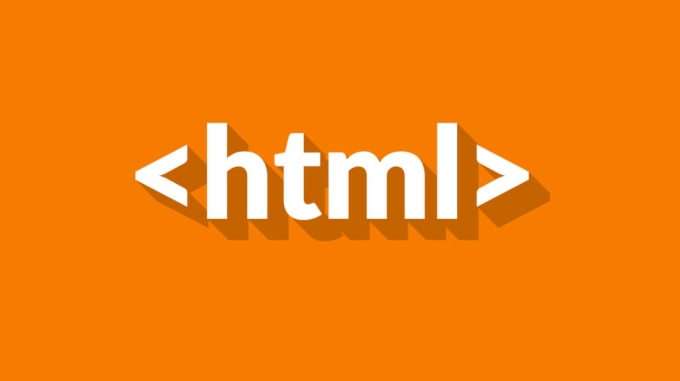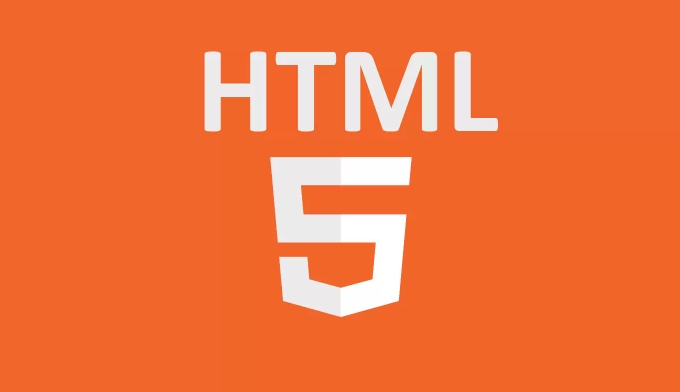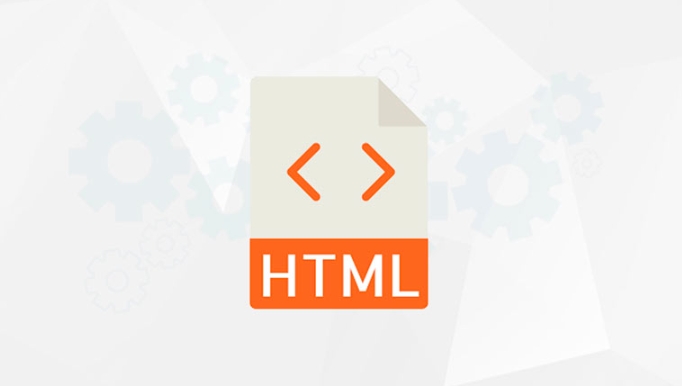The function of the template engine is to combine data with page structure to dynamically generate HTML content. It simplifies the organization of front-end code by separating structure and data, and avoids the maintenance problems caused by manual stitching of strings. For example, when there is no template engine, displaying user information requires string splicing, and the logic is complicated and difficult to maintain. Common template engines include JavaScript's EJS, Pug, Handlebars, Python's Jinja2, Django Templates, PHP's Blade, Twig, etc. Although the syntax is different, the core concepts are the same. The template selection engine should consider learning cost, performance, scalability and community activity. The usage process is usually: defining template files, inserting variables or logical control statements, and rendering incoming data into HTML. Taking EJS as an example, its steps include installing, creating template files, and calling the renderFile method to generate HTML. Understanding the template engine can help improve development efficiency and code maintainability.

In web development, the role of the HTML template engine is to combine data and page structure to dynamically generate HTML content. It allows developers to organize front-end code more easily, rather than manually splicing strings.

Why do you need a template engine?
Without a template engine, if you want to display user information on a web page, you may have to write code like this:
let html = '<div>' user.name ' - ' user.email '</div>';
Once this writing method becomes more complicated, it is difficult to maintain. The core value of the template engine is to separate structure and data , make HTML clearer, easier to modify, and reduce the possibility of errors.

What are the common HTML template engines?
Different languages and frameworks have their own commonly used template engines, such as:
- JavaScript (Node.js) : EJS, Pug, Handlebars
- Python : Jinja2, Django Templates
- PHP : Blade (Laravel), Twig
Although these engines have slightly different syntax, the core philosophy is the same: embed variables or logic into HTML with specific tags.

For example, the writing of EJS might be like this:
<h1><%= title %></h1>
<ul>
<% users.forEach(function(user) { %>
<li><%= user.name %></li>
<% }) %>
</ul>Pug is simpler:
h1= title
ul
Each user in users
li= user.nameWhich engine you choose usually depends on the technology stack you use and the team habits.
How to choose a suitable template engine?
When selecting a template engine, you can consider the following factors:
- Learning cost : Some engines have simple syntax and are suitable for beginners; others are powerful but complex.
- Performance : Template rendering speed also affects overall performance, especially in high concurrency scenarios.
- Extensibility : Whether to support custom tags, plug-ins, etc.
- Community activity : Are there any documents and whether the answers to the questions are easy to find.
If you are a new front-end developer, it is recommended to start with EJS or Handlebars, which are syntax-intuitive and have a lot of information. If you are doing Python backend development, Jinja2 is a good choice.
What is the basic usage of template engine?
Most template engines are used in a similar way:
- Define template files (such as
index.htmlor.ejsfiles) - Write HTML structures and insert variables or logical control statements
- Pass in data on the server or client side and render it into a complete HTML string
Taking EJS as an example, the basic steps are as follows:
- Install:
npm install ejs - Create template file
template.ejs - Use
ejs.renderFile()method to pass in data and generate HTML
This method allows you to process the page content on the backend and then send it to the browser, and can also implement the rendering logic of the front-end and back-end separation in conjunction with the front-end framework.
Basically that's it. Template engines are not particularly difficult, but understanding their role and basic usage will make you much easier when developing web pages.
The above is the detailed content of HTML Templating Engines Explained. For more information, please follow other related articles on the PHP Chinese website!

Hot AI Tools

Undress AI Tool
Undress images for free

Undresser.AI Undress
AI-powered app for creating realistic nude photos

AI Clothes Remover
Online AI tool for removing clothes from photos.

Clothoff.io
AI clothes remover

Video Face Swap
Swap faces in any video effortlessly with our completely free AI face swap tool!

Hot Article

Hot Tools

Notepad++7.3.1
Easy-to-use and free code editor

SublimeText3 Chinese version
Chinese version, very easy to use

Zend Studio 13.0.1
Powerful PHP integrated development environment

Dreamweaver CS6
Visual web development tools

SublimeText3 Mac version
God-level code editing software (SublimeText3)
 Applying Semantic Structure with article, section, and aside in HTML
Jul 05, 2025 am 02:03 AM
Applying Semantic Structure with article, section, and aside in HTML
Jul 05, 2025 am 02:03 AM
The rational use of semantic tags in HTML can improve page structure clarity, accessibility and SEO effects. 1. Used for independent content blocks, such as blog posts or comments, it must be self-contained; 2. Used for classification related content, usually including titles, and is suitable for different modules of the page; 3. Used for auxiliary information related to the main content but not core, such as sidebar recommendations or author profiles. In actual development, labels should be combined and other, avoid excessive nesting, keep the structure simple, and verify the rationality of the structure through developer tools.
 Implementing Clickable Buttons Using the HTML button Element
Jul 07, 2025 am 02:31 AM
Implementing Clickable Buttons Using the HTML button Element
Jul 07, 2025 am 02:31 AM
To use HTML button elements to achieve clickable buttons, you must first master its basic usage and common precautions. 1. Create buttons with tags and define behaviors through type attributes (such as button, submit, reset), which is submitted by default; 2. Add interactive functions through JavaScript, which can be written inline or bind event listeners through ID to improve maintenance; 3. Use CSS to customize styles, including background color, border, rounded corners and hover/active status effects to enhance user experience; 4. Pay attention to common problems: make sure that the disabled attribute is not enabled, JS events are correctly bound, layout occlusion, and use the help of developer tools to troubleshoot exceptions. Master this
 Configuring Document Metadata Within the HTML head Element
Jul 09, 2025 am 02:30 AM
Configuring Document Metadata Within the HTML head Element
Jul 09, 2025 am 02:30 AM
Metadata in HTMLhead is crucial for SEO, social sharing, and browser behavior. 1. Set the page title and description, use and keep it concise and unique; 2. Add OpenGraph and Twitter card information to optimize social sharing effects, pay attention to the image size and use debugging tools to test; 3. Define the character set and viewport settings to ensure multi-language support is adapted to the mobile terminal; 4. Optional tags such as author copyright, robots control and canonical prevent duplicate content should also be configured reasonably.
 Best HTML tutorial for beginners in 2025
Jul 08, 2025 am 12:25 AM
Best HTML tutorial for beginners in 2025
Jul 08, 2025 am 12:25 AM
TolearnHTMLin2025,chooseatutorialthatbalanceshands-onpracticewithmodernstandardsandintegratesCSSandJavaScriptbasics.1.Prioritizehands-onlearningwithstep-by-stepprojectslikebuildingapersonalprofileorbloglayout.2.EnsureitcoversmodernHTMLelementssuchas,
 HTML for email templates tutorial
Jul 10, 2025 pm 02:01 PM
HTML for email templates tutorial
Jul 10, 2025 pm 02:01 PM
How to make HTML mail templates with good compatibility? First, you need to build a structure with tables to avoid using div flex or grid layout; secondly, all styles must be inlined and cannot rely on external CSS; then the picture should be added with alt description and use a public URL, and the buttons should be simulated with a table or td with background color; finally, you must test and adjust the details on multiple clients.
 How to associate captions with images or media using the html figure and figcaption elements?
Jul 07, 2025 am 02:30 AM
How to associate captions with images or media using the html figure and figcaption elements?
Jul 07, 2025 am 02:30 AM
Using HTML sums allows for intuitive and semantic clarity to add caption text to images or media. 1. Used to wrap independent media content, such as pictures, videos or code blocks; 2. It is placed as its explanatory text, and can be located above or below the media; 3. They not only improve the clarity of the page structure, but also enhance accessibility and SEO effect; 4. When using it, you should pay attention to avoid abuse, and apply to content that needs to be emphasized and accompanied by description, rather than ordinary decorative pictures; 5. The alt attribute that cannot be ignored, which is different from figcaption; 6. The figcaption is flexible and can be placed at the top or bottom of the figure as needed. Using these two tags correctly helps to build semantic and easy to understand web content.
 What are the most commonly used global attributes in html?
Jul 10, 2025 am 10:58 AM
What are the most commonly used global attributes in html?
Jul 10, 2025 am 10:58 AM
class, id, style, data-, and title are the most commonly used global attributes in HTML. class is used to specify one or more class names to facilitate style setting and JavaScript operations; id provides unique identifiers for elements, suitable for anchor jumps and JavaScript control; style allows for inline styles to be added, suitable for temporary debugging but not recommended for large-scale use; data-properties are used to store custom data, which is convenient for front-end and back-end interaction; title is used to add mouseover prompts, but its style and behavior are limited by the browser. Reasonable selection of these attributes can improve development efficiency and user experience.
 How to handle forms submission in HTML without a server?
Jul 09, 2025 am 01:14 AM
How to handle forms submission in HTML without a server?
Jul 09, 2025 am 01:14 AM
When there is no backend server, HTML form submission can still be processed through front-end technology or third-party services. Specific methods include: 1. Use JavaScript to intercept form submissions to achieve input verification and user feedback, but the data will not be persisted; 2. Use third-party serverless form services such as Formspree to collect data and provide email notification and redirection functions; 3. Use localStorage to store temporary client data, which is suitable for saving user preferences or managing single-page application status, but is not suitable for long-term storage of sensitive information.






